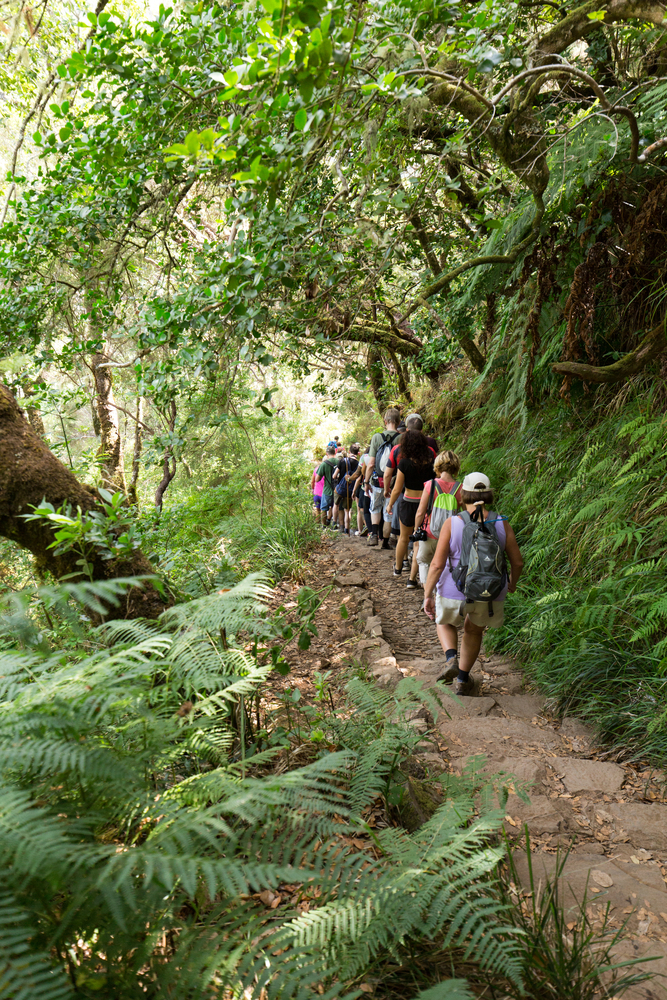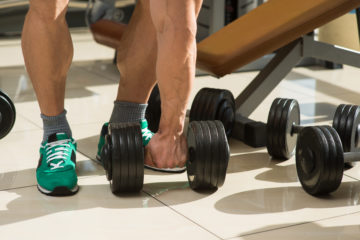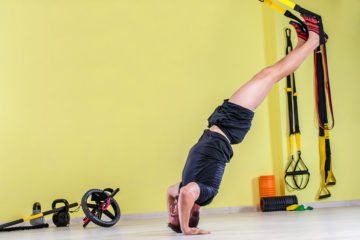Ten Essentials for Safe Hiking

By Liza Williams
There’s nothing like the great outdoors to rejuvenate body and soul, and no better way to imbue its wonders than by walking. But if you’re planning a hike through the wilds, be sure to factor in a well-stocked kitbag. Walking has its risks, like any activity, especially in remote or treacherous terrain, so you’ll need to be prepared for all eventualities. Here are the ten most essential items to take with you, to ensure a safe and enjoyable experience:
- Walking boots – inappropriate footwear can cause blisters, ankle strains, bruised soles and other miseries, with potentially disabling results. Unsuitable footwear can also cause accidents, such as slipping, skidding and sinking, or simply fall apart on the rough ground. Purpose-made walking boots are the only option for serious walking.
- Clothes for all weathers – Weather conditions can change unpredictably, especially on high ground, so take a waterproof jacket and hood or cap, as well as lighter clothes for hot, dry spells. It’s advisable to wear two pairs of socks so that one can rub against the other, rather than against your skin.
3 Map and compass – A walking map is essential for anything more than a short, familiar walk. You may be surprised how quickly you become disorientated on a winding path or undulating hills, and even sign-posted walks can be hard to follow at times. A compass is also important for clarifying which way you’re facing, especially if a mist descends.
- Mobile phone, fully charged, and charger – If you’re thinking of leaving your phone behind for total freedom, think again. Should you encounter any problem, far from home and civilization, you may be glad of it. Make sure it’s charged up, and take your charger. A passing driver or biker might be happy to recharge it for you if need be.
- Water – Drinking water is a must for a long walk, and you’ll need enough to keep you hydrated until you can replenish your supplies. For long, remote trips, perhaps take purifying tablets for natural spring water.
- Food – Decide beforehand whether you want to cook hot meals on your hike, and prepare accordingly. Whether cooking or not, take nourishing, protein-rich foods that will sustain and energize you, with extra supplies in case of delays or hunger pangs.
- First aid kit – Take a fresh supply of basic first aid items, including insect repellent. You’ll also need sunscreen, and probably sunglasses. If you’re on any medication, check you have adequate supplies before setting out.
- Torch – If you can’t get home in daylight, or wish to sleep under the stars, you’ll need a torch. Check its battery beforehand and take a spare one for good measure, storing both in a water-proof container.
- Whistle and flag – However careful you are, problems can arise which call for intervention. Should you find yourself stranded, for instance, or suffer an accident or ill health, you may need to attract the attention of passers-by or even a rescue helicopter, so take a whistle and a brightly coloured scarf, hat or flag to wave – just in case.
- Survival bag – While survival bags aren’t luxurious, they will stave off hyperthermia if you’re stuck in a chilly environment. They’re cheap to buy and light to carry, and will fit in a rucksack pocket, so take one as a precaution.
Extras – Depending on your route, you may need another kit, such as rope, penknife or multi-tool, spare boot laces and walking poles. You could also browse relevant catalogs for the latest safety gadgets and equipment.
With your health and safety taken care of, you can step out with confidence. You’ll be free to enjoy the great outdoors and have the time of your life, without a care in the world!







No Comment